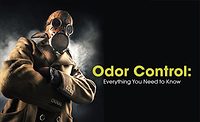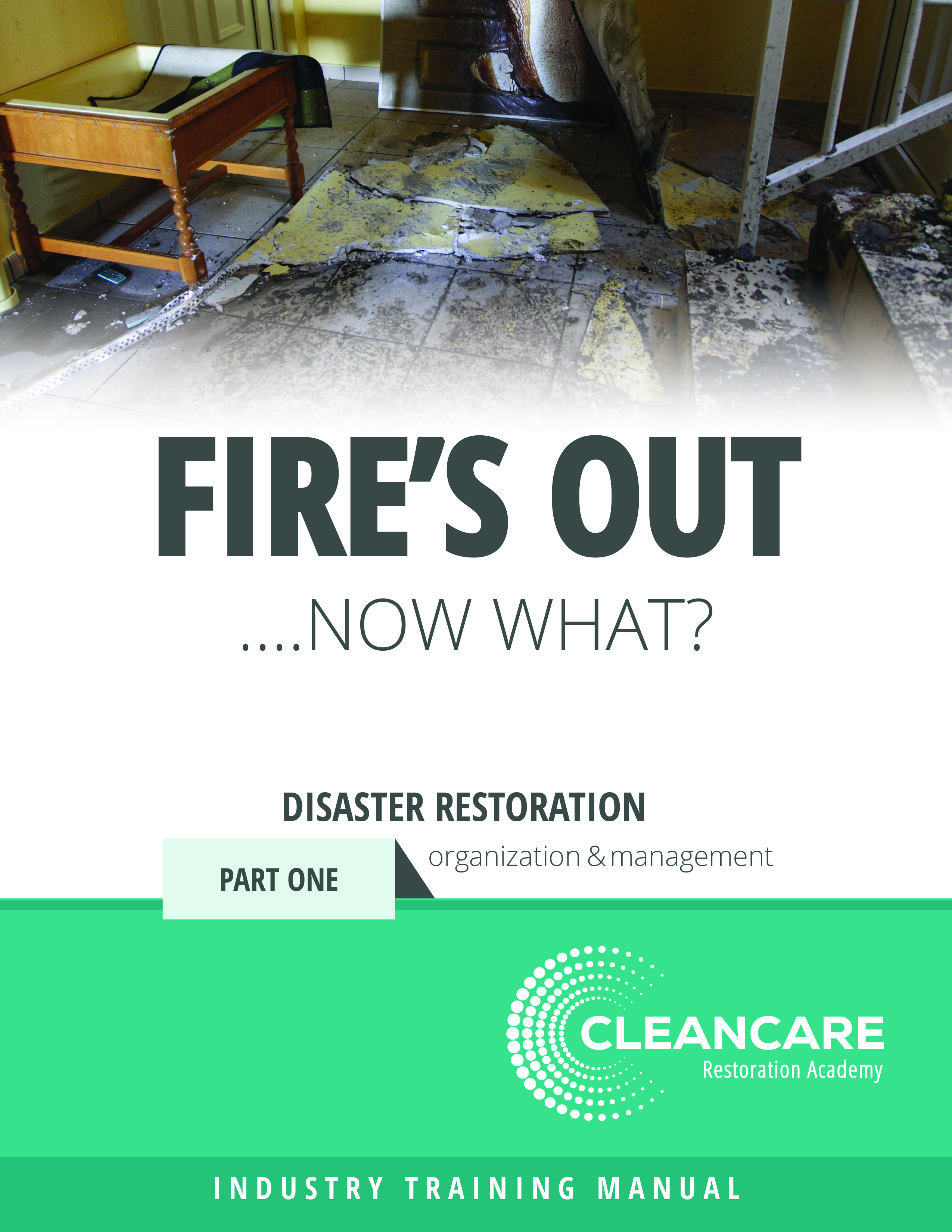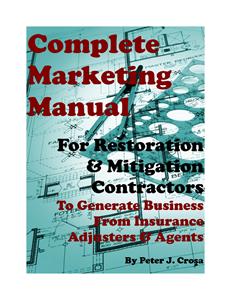What Is That Smell? 6 Tips for Odor Control Inspection

Photo credit: MicroStockHub/iStock /Getty Images Plus via Getty Images
There is no doubt about it; something smells in here. But what is it? How can you tell?
It was summer in the northwest Oregon area, and this home was built by hand in the early 1900s, next to a river, in a wooded area outside the city. Approaching the home, you can smell the wet, mossy smell of the trees next to a river that ran less than 100 feet from the house. You can smell the wet dirt and wildflower aroma from all the blooming wildflowers up the hill. Then you open the door of the cabin, and wham! A whole new smell fills your nose.
There is nothing quite like the smell of a person’s home, literally. No two inhabited homes have ever smelled the same, from what they cook to what they use for cleaning and laundry. In our industry, “malodors” are the contaminants that have entered the home uninvited and are now changing the smell of “home” to your customers. Smoke, char, mold, wet materials, sewage, pests or anything that is unwelcome produces malodors. So, what can you do?
In this beautiful cabin you have now walked into, there is something off about the smell – something like hot toxic oil and smoke. What year was this built? 1913? This is the very distinguishable smell of an oil furnace puff back. The tricky part of any smell is that it may not smell the same to you as it does to the next person, and not many people these days have ever smelled an oil furnace. It is not the most common method of heating anymore.
You can take training courses, and read every book and manual they have on malodors, and no matter how many times you smell the pages, you will never be able to smell each odor through a book. Exposure with trained professionals and your customers will provide the only learning method that can tell you what you’re smelling and when that smell has finally gone.
So, if you are just starting in odor remediation, here are a few tips and tricks:
- Remove the source! The first step with any malodor situation: Remove any known sources of the malodor. Remove the wet materials and dry the area. Remove the burnt cabinets and clean all the soot from the structure. Remove the mold, the mildew, the soggy content in the corner, and make sure everything effected is clean, dry and ready for rebuilding.
- Ask your customer what they smell! It is so easy to look at a house that has burnt materials and say, “Well, that’s what you’re smelling!” But what happens when the source is not that obvious? Ask your customer what they are smelling and trust that they may be smelling something that you are not.
- Sam has been doing this for 12 years; ask him! You and your customer are stumped. We know we smell something, but we just can’t quite put our finger on it. Is it wet dirt? Is it wet insulation? Is it wet carpet? Ask Sam! The more exposure you have to the restoration industry and the many smells it has, the easier it is to start matching the smell with the damage. The field crews spend more time with these smells than anyone does. Never hesitate to reach out to them. They will be excited and happy to be included in the journey of helping a customer in need.
- Keep your palate clean! Resist the urge to pop in a fresh wad of gum, a mint, or aromatic food at an hour or less before heading to a malodor investigation. As much as we like that fresh, minty breath, it will make it more difficult to isolate malodors.
- No smoking! When it comes to malodors, do not smoke before arriving at a jobsite to identify a source location. Ensure that you don’t smell like smoke either! Customers will not always trust a person at their house telling them that they do not smell what the customer is smelling while they strongly smell of cigarette smoke. Hold off on smoking for a couple hours or more before investigating a malodor.
- Broken sniffer? No problem! Whether you had a cold recently, seasonal allergies, or some other olfactory gland issue (that’s the gland that tells you what you’re smelling), don’t panic! Bring someone with you that can assist you with the investigation. And remember, rely more on what your customer explains to you they are smelling. They will know best what smells different in their home.
The many tools out there to help remediate malodors can create their own smells. How does the customer get the smells of the ozone, odor counteractants or any other treatment out of their home? The answer I give my customers isn’t always what they want to hear, but it’s the truth. Go back to their regular lifestyle and start cooking their favorite meals. We can leave an air filter or encourage them to ventilate as much as possible, but nothing covers the smell of new material, cleaning solutions or ozone like the regular smells of living in a home.
With odors, there will never be a black and white answer on how to “fix them” or make them go away. Ensure that your company always carries a variety of deodorizing treatments and odor counteractants with various fragrance options. It is important to always include your customer on fragrance selection! Do not assume that all your customers love the smell of lemon, fresh linen, cherry or citrus. These smells can be nauseating to some and make the situation even worse. Always have a hypoallergenic option for customers with fragrance sensitivities.Looking for a reprint of this article?
From high-res PDFs to custom plaques, order your copy today!









